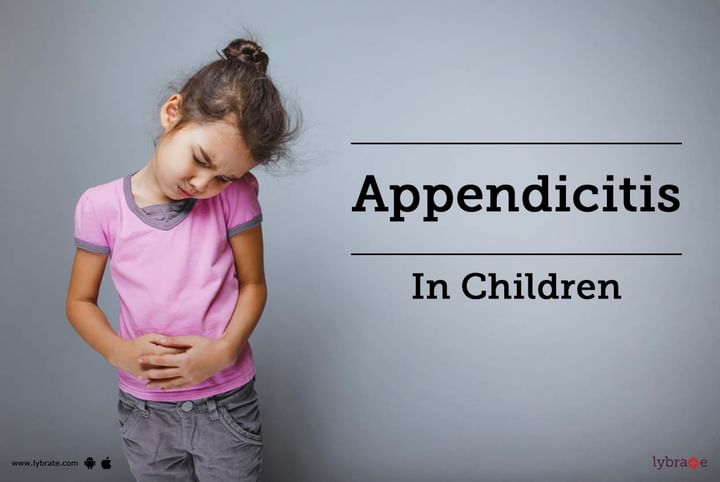Appendicitis in Children
The appendix is a small, finger-shaped pouch attached to the large intestine in the right belly area. It is a vestigial organ as it has no specific role to play in humans, but the organ is still seen, though in a very small size compared to the earlier living beings in the evolutionary chain. Acutely inflamed appendix is the most common cause leading to it removal, often seen in the ages of 10 to 19.
Causes: The appendix gets infected by two main reasons - general infection in the abdomen that reaches the appendix or blockage of the appendix leading to inflammation and swelling within it. The appendix is a blind pouch, and there is a good chance for its blockage from food particles, lymphatic tissue, or even sometimes feces. Some of the potential risk factors for appendicitis include a diet low in fiber, high in sugar, gut flora, and family history.
Symptoms/Diagnosis: In adults, the appendicitis has very characteristic symptoms including acute pain in the right upper part of the belly associated with fever and vomiting. However, in children, the pain may not be as tell-tale a sign but is still quite diagnostic of appendicitis. However, presence of the following symptoms together is surely indicative of appendicitis.
- Right abdominal pain, especially rebound tenderness, where pressure placed in the right upper part of the belly and released leads to excruciating pain.
- Fever, nausea, and vomiting
- Abdominal fullness or bloating
- Elevated white blood count (as with most infections)
Additionally, the younger the child, the symptoms are not very clear, but ultrasound will confirm the diagnosis. The inflamed, enlarged appendix will be visible on the images and could be surrounded by free fluid. CT scan also can be considered if required to confirm the diagnosis.
Treatment: As noted above, children present with symptoms that do not pinpoint to appendicitis. Treatment usually takes two routes:
If diagnosed as appendicitis before rupture, then surgical removal is the best method to contain its symptoms. Other symptoms like fever and nausea and vomiting usually subside a couple of days after the surgery.
If the appendicitis goes unnoticed and ruptures, then the intestinal cavity can get infected, which is called peritonitis. Earlier, the preferred approach was to control the infection and then go for removal. However, lately, removing the appendix followed by antibiotics to control the infection is the preferred approach.
The prognosis and recovery from appendicitis is very good. Deaths have occurred only in very small infants, where they are not able to pinpoint the area and therefore it can go undiagnosed, leading to rupture and subsequent death.
Early identification is the key to proper identification, immediate treatment, and complete recovery from appendicitis.



+1.svg)
